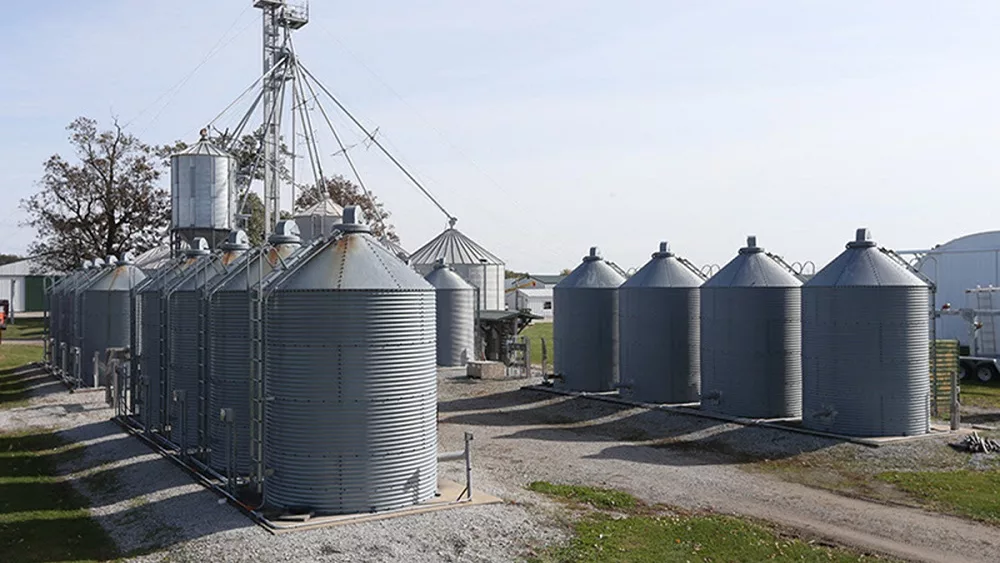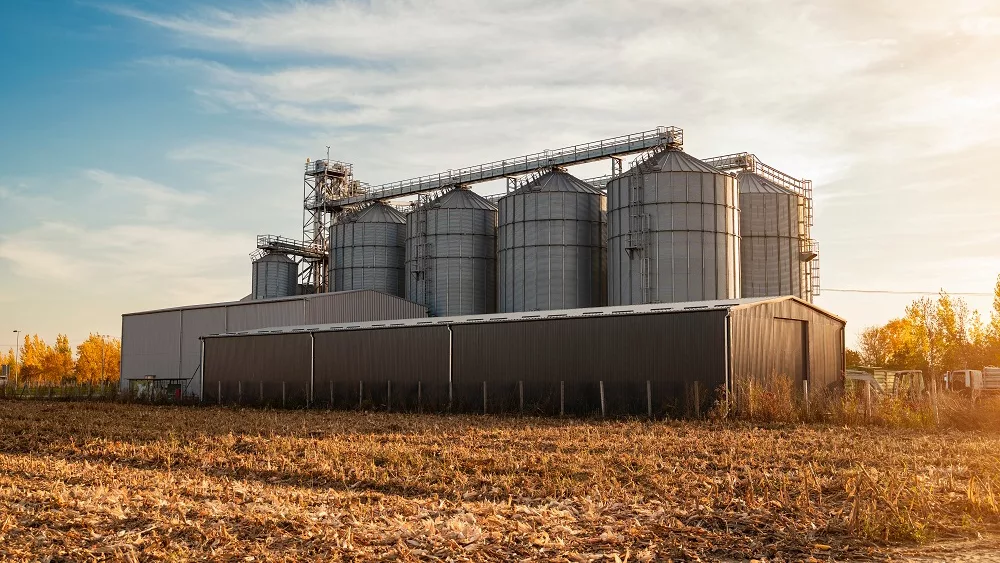
University of Illinois Ag Economist Darrel Good has released his forecast for grain and livestock prices for 2016. He says crop prices remain well below the record levels of 2010 through 2013 as U.S. and world supplies remain abundant and demand suffers from slow economic growth in much of the world. The lower prices are expected to persist until there is a shortfall in production in the U.S. or in another major producing region.
Following is a discussion of price prospects assuming a favorable 2016 U.S. growing season. There may be an elevated risk of more stressful growing conditions associated with the demise of the current strong El Nino weather event in 2016.
Corn prices remain pressured by three consecutive large crops in the U.S. and expectations of a third consecutive large coarse grain crop outside the U.S. Corn demand remains weak due to a slow increase in ethanol production, declining livestock prices, and export competition stemming from large crops outside the U.S. and a strong U.S. dollar. After declining to 820 million bushels at the end of the 2012-13 marketing year, stocks grew to 1.73 billion bushels at the end of the 2014-15 marketing year and are expected to remain at that level at the end of the current year.
Planted acreage of corn is expected to increase slightly in 2016, perhaps to the level initially intended in 2015. A trend yield in 2016 near 167 bushels would result in a crop slightly smaller than the 2015 crop and allow for some modest drawdown in year-ending stocks. Prices averaged $3.70 during the 2014-15 marketing year and are expected to average near $3.65 during the current year and near $3.85 during the 2016-17 marketing year.
Soybean prices declined nearly $2.00 per bushel during the 2015 calendar year as a result of record large South American and U.S. crops in 2014 and 2015 and expectations of another record South American crop in 2016. The 2015 U.S. crop was record large even with prevented plantings reported near 2.2 million acres. Even with continued strong Chinese demand, export demand for U.S. soybeans in late 2015 suffered from strong competition from South America.
After declining to a record low 92 million bushels at the end of the 2013-14 marketing year, ending stocks are expected to be at a 9-year high of 465 million bushels at the end of the 2015-16 marketing year. Planted acreage of soybeans is expected to increase in 2016, but may fall short of early 2015 intentions due to prospects for low returns.
A trend yield near 45.5 bushels would result in a 2016 crop nearly 200 million bushels smaller than the 2015 crop. Still 2016-17 year ending stocks would likely remain above 450 million bushels. Prices averaged $10.10 during the 2014-15 marketing year and are expected to average near $8.90 during the current year and near $8.90 during the 2016-17 marketing year.
U.S. wheat production increased by about 25 million bushels in 2015, with soft red winter (SRW) wheat production down by 96 million bushels, or 21 percent. SRW production declined by 37 percent from 2013 to 2015. Still, SRW prices in Illinois declined steadily in 2015, reaching extremely low levels at harvest. Three consecutive large wheat crops in the rest of the world have resulted in declining U.S exports and a build in year ending stocks of U.S. wheat.
Stocks are expected to exceed 900 million bushels at the end of the 2015-16 marketing year. Some decline in U.S. wheat acreage is expected in 2016 due to low prices, but a return to a trend yield would result in a larger crop and large year ending stocks. With most of the Illinois wheat crop sold at or shortly after harvest, the average price received for the 2015 crop will likely be less than $4.00 due to large quality discounts. An average near $4.75 is expected at harvest time in 2016.
LIVESTOCK
Livestock prices reached a peak in 2014 due to reduced production resulting from high feed prices, drought conditions in cattle producing areas, and disease in the U.S. hog herd. Production is now rebounding and prices are declining. Demand is also somewhat weak due to slow economic growth and claims of health concerns associated with pork consumption.
U.S. pork production is expected to increase from 24.508 billion pounds in 2015 to 24.925 billion pounds in 2016. Exports are expected to increase from 5.0 to 5.2 billion pounds while imports decline modestly to a billion pounds. Domestic pork supplies are projected at 49.7 pounds per capita in 2016, up from 49.5 pounds in 2015 and 46.4 pounds in 2014. The average price of hogs was near $76 in 2014. An average near $50 is expected for 2015 and near $48 in 2016, with highest prices in the first half of the year.
U.S. beef production is expected to increase from 23.72 billion pounds in 2015 to 24.85 billion pounds in 2016 due to lower feed prices and the expansion in the cow herd that started in 2015. Annual exports are expected to increase from 2.2 billion to 2.5 billion pounds while imports are expected to decline from 3.4 to 3.0 billion pounds. Domestic per capita beef supplies are projected at 55.3 pounds in 2016, up from 54.4 pounds in 2015 and 54.1 pounds in 2014. Fed cattle prices averaged near $155 in 2014 and are projected to average near $149 in 2015 and near $135 in 2016.




